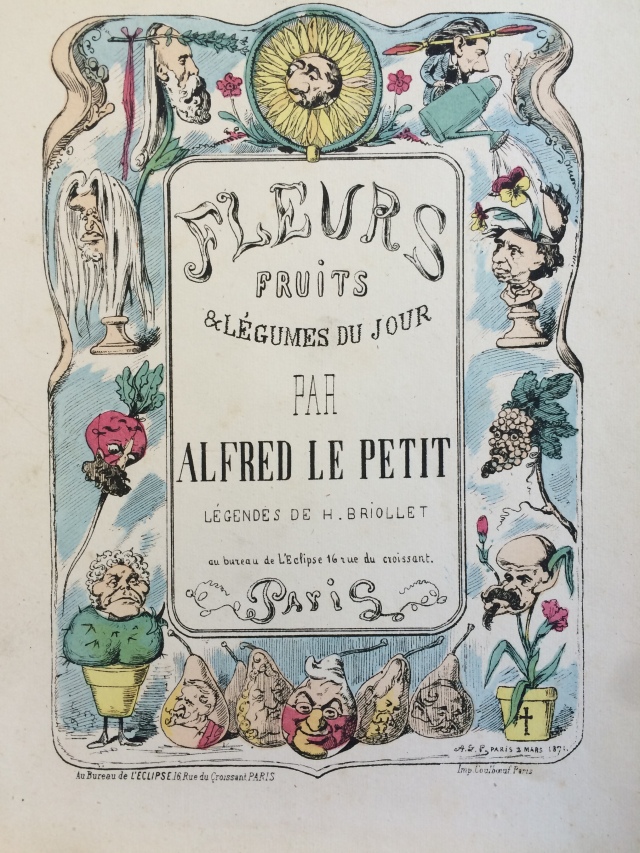![]() Electronic Collection Management
Electronic Collection Management
We are delighted to announce Cambridge University now has full access to “le site de presse de la BnF”, Retronews.
Cambridge students and academics have been interested in Retronews since its inception in 2016, but with full subscription access now following a successful extended trial at the end of 2022, our insights into centuries of French history may now deepen and flourish.
For an excellent introduction to this new resource please see the European Languages Across Borders promotion that describes Retronews in detail.
Retronews subscription provides access to the full, unabbreviated versions of the articles plus long-form research articles. The earliest title, La Gazette de Theophraste Renaudot, dates back to 1631. Retronews adds newly digitized archives to the site each week and Cambridge now contributes to fund the growth of the digitization. The majority of the newspapers were published between 1881 (the passing of press freedom law) and…
View original post 176 more words






